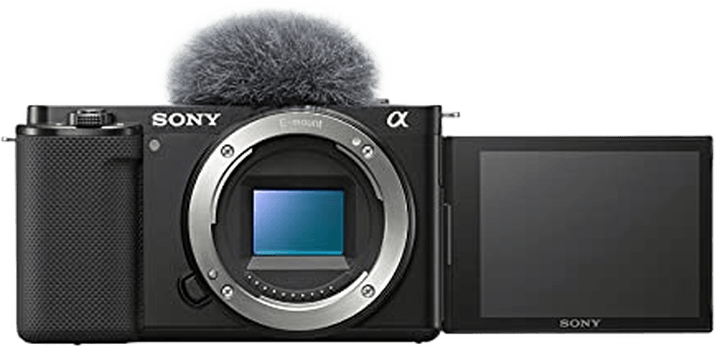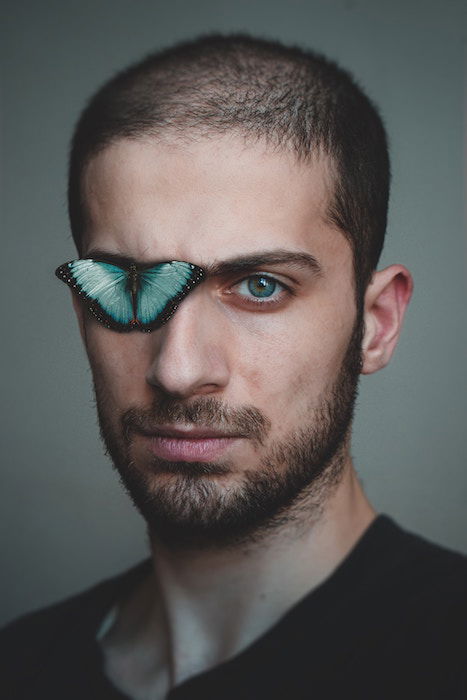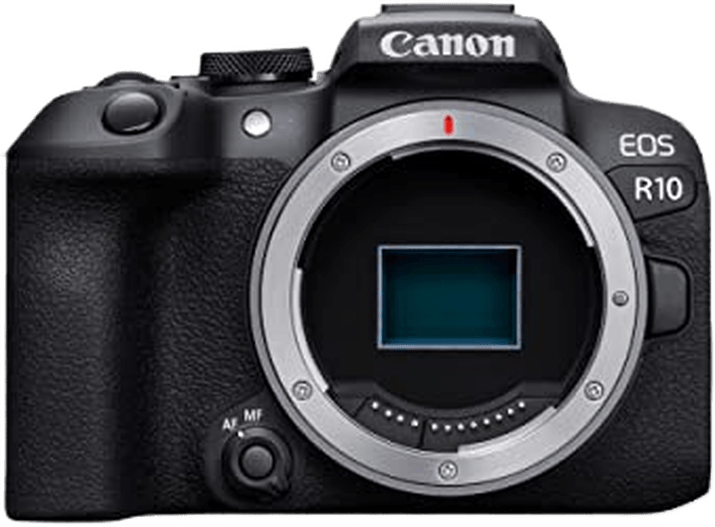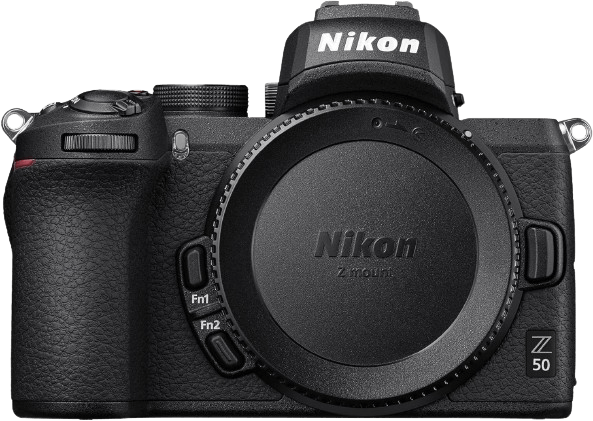Today, we’ll look at what an AI camera is, what’s in them, how it works, and how it can help you. Artificial Intelligence (AI) is becoming more evident in AI cameras and daily life.
No, the machines aren’t coming to attack you. But they can help you with your photography!

Artificial intelligence is the term for computer programs that use machine learning. AI is a sort of computer vision.
In terms of what an AI camera is, it is a type of computational photography. It consists of the real-time processing of data to make decisions.
Its systems are complex algorithms where the machine learns from its previous mistakes. Simply put, artificial intelligence attempts to simulate the process of human intelligence.
It includes how we make connections and find patterns in our specific tasks.
Here are four common AI features we find in cameras.
When you start to think about AI applications in photography, it has been around for a while. On the most basic level, Auto red-eye adjustments count as AI programs.
They read an image to identify if subjects have red eyes. And the program can correct this feature in-camera.
Facial recognition is another AI camera capability in photography. It was a groundbreaking feature first used to determine a scene’s focal point.
This software promises sharp focus on a person’s face each time. And it is a particular software that has evolved and is evident in many AI programs.
It not only determines the focus. Now, it can differentiate the subject from the background.
We know this as “portrait mode,” giving the effect of a wide aperture. It creates the illusion of a shallow depth of field in an image.
Now, facial recognition is in security cameras, becoming a norm in many major cities. And facial image recognition is on every smartphone in the world.

You may have noticed that developers have taken facial recognition one step further. You can now search by subject through your photographs on smartphone cameras.
It has been another groundbreaking feature. I was in disbelief when I could search through all my pet photos using keywords!
We are even seeing Google’s incredible new software incorporating optical zoom. It makes the zoom-and-enhance capabilities we see in crime movies come to life.
This technology isn’t available to the public yet. But Google has demonstrated its super-resolution abilities.
It is a feature that photographers who shoot all types of photography will enjoy. Adobe is also adding this feature to its bag of skills in computational photography.
Adobe AI Enhance boasts they can turn a 12-megapixel (MP) image into one with over 48 megapixels.
You can find features like this in Adobe Lightroom under Super Resolution. You can visit Adobe’s website to see how Super Resolution works and how to use it.
Almost every new camera now possesses AI functions that will help aid your photography. The most common feature is eye detection and subject recognition.
This is because photographers benefit from having the sharpest possible image. And any aid for focusing is thoroughly welcome across the whole spectrum of photography.
The eye detection and subject recognition features can differ across camera brands and models. But the most basic level is human eye recognition.
This usually goes one step further with animal recognition. (Some even can identify the animal’s eye.)

Plus, you will also find that some camera programs can identify cars. This subject recognition is extremely handy for wildlife photographers and sports photographers.
Let’s look at how each camera brand is handling advanced AI recognition. We will use animal eye detection to demonstrate each system’s capabilities.
This is because it is much harder to detect an animal’s eye. And if they have this feature, the systems will most likely include animal detection and subject recognition.
Here is a list of Canon cameras with Animal Eye Detection AF (autofocus). This tells us they have the most up-to-date and accurate facial recognition software.
These systems will include different forms of subject recognition as well:

Plenty of Nikon’s current range features facial recognition features. But you will only find Animal Eye Detection AF in a few of their mirrorless models. Here is a list of them:
This is not to say they don’t have great AI camera features. Subject tracking and facial recognition are found in most of their current range.

Sony cameras are doing an amazing job updating their cameras with AI technologies. Their Real-time Eye AF system ensures constant monitoring of the subject you want to focus on.

If you want AI camera features to actively aid your photo skills,t Arsenal.
Arsenal is a system that plugs into your DSLR and gives you smart photography features. And your smartphone controls the system.
The team claims this doesn’t take away from photographic originality, as it is still up to the photographer to frame the image.
The system uses an extensive database of images. And it searches to find scenes similar to your current composition. This computer vision then offers the best settings for your particular image.
It can identify when action images need shorter exposures. Or it can tell when your picture can enjoy more prolonged exposure to give that misty water effect.
With Arsenal, you can create stacked images fast. You can make both HDR and focus-stacking images quickly and easily. It also includes features for long exposures, time-lapses, and panoramas.
Arsenal’s newest feature is Deep Color. It is a real-time image recognition feature. And it provides a custom set of adjustments to the needs of that particular image.
Arsenal claims it is not a look or a filter but a unique adjustment to each image. If this sounds like something you’d be interested in, check if your DSLR is compatible.
AI cameras are here as an aid to all photographers. Calculations you may have once assessed for a landscape or subject are now done for you.
And beginner photographers could find this machine learning helpful. Imagine you had gone out on a beautiful trip, and it was the perfect day.
These AI camera systems can ensure you don’t miss out on ideal opportunities. For this reason, a lot of amateurs will enjoy artificial intelligence features.
But professionals will also enjoy AI camera features. Developments in autofocusing don’t impact the skill of the photographer.
And even with features that adjust your settings, there is always room for further adjustments.

It can be easy to claim that AI cameras will take the skill out of photography. But with all the previous features that aided photography, it almost feels like a natural step.
The downside could be that no one will learn the craft as well. But I doubt this. If anything, machine learning will help us to understand the intricacies of manual photography better. It will push us to take better photos.
There are other ways that AI is shaping photography. But these methods don’t involve using a camera at all! Read our post about how AI is changing photography.
And if you’re interested in photo editing with AI, check out our review of the best AI photo editing software!

